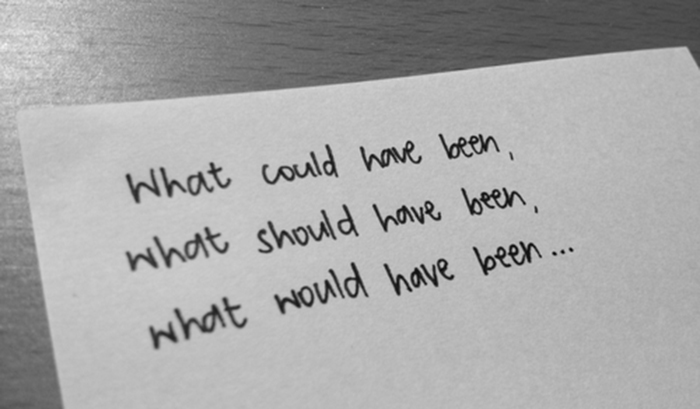While environmentalists impatiently tap their toes in the early stages of a months-long, slow-motion process to ban polystyrene food containers, City Councilman Thomas Small ponders what could have been.
Few seem satisfied with the Council’s 4-1 verdict two weeks ago to hand over to the two-member Sustainability Committee the complicated, time-heavy task of deciphering and choosing a strategy from scores of models of Styrofoam bans on food containers.
Least of all Mr. Small.
“Staff is better situated to figure that out than the Sustainability Committee,” he said about the chore of surveying and analyzing what other communities have done.
With a light agenda for this evening’s 7 o’clock meeting in Council Chambers, perhaps it is not too late to make adjustments in the Figuring Out process.
Mr. Small, who cast the lone dissenting vote, says that Meghan Sahli-Wells and Goran Eriksson, who comprise the Sustainability Committee, should have been charged with planning for the future not the present.
“In coming up with an overall sustainability – or recycling – program to look at this product and other products that clearly need to be recycled, ” he said, “that is a larger task (for the future) that the committee should be looking at.”
Mr. Small, who has worked globally in his field of architecture, brings a worldly courtesy and manner to the historically parochial pastime of City Council business. His bow toward fellow freshman Mr. Eriksson is the latest example.
“Goran is a tremendous asset to the Council and to the city,” Mr. Small said. “He has tremendous knowledge. I really enjoy working with him and debating these topics.
“His critique of moving forward with this ban. He said, ‘Well, if we ban this one product…’
“I don’t even like the term ‘ban.’ I would want to ‘phase out this product.’
“He said ‘If we phase out this product, who is to say it is not going to be replaced with a product that creates a different set of problems and consequences in the future? We should look at it more holistically.’
“I said, ‘I understand what you are saying Goran, but you are wrong. It is clear this product has negative consequences, both within our city, the oceans and the world.’”
Mr. Small’s position is that “we should be using a cradle-to-cradle phrase. You want to look at a product and know that we can use it over and over again. At the end of its life cycle, it should not go to a landfill. It should go to a new product so we can use it over and over again.”

